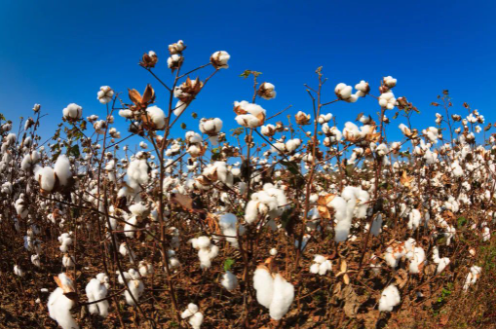According to the orders and quotations from some cotton trading enterprises and Xinjiang processing plants, in the first ten days of June, the basis of 3129B (fracture specific strength 28-30CN/TEX) in southern Xinjiang such as Bachu, Aksu and Korla was concentrated at 750-950 yuan per ton (benchmarked against the CF2509 contract, the same below). The basis of 3129B (fracture specific strength 28-30CN/TEX) in the supervision warehouses/delivery warehouses such as Urumqi, Shihezi and Kuitun in northern Xinjiang is concentrated at 1,130-1,730 yuan/ton (including Xinjiang Production and Construction Corps cotton). On the one hand, the basis of Xinjiang cotton has not decreased compared with the end of May, but has increased by 30-50 yuan/ton instead. On the other hand, the basis of cotton in the northern Xinjiang warehouse is 400-600 yuan per ton higher than that in the southern Xinjiang warehouse, and there is no sign of narrowing compared with March and April. It is obvious that the cotton basis price in Xinjiang for the 2024/25 fiscal year is currently 100-200 yuan per ton higher than that of the previous two years, which is at a relatively high level.
In the past two months, the Xinjiang cotton base price in the Xinjiang regulatory warehouse/delivery warehouse has been prone to rise rather than fall. There may be the following factors:
First, the sales progress of lint cotton by small and medium-sized cotton processing enterprises in Xinjiang in the 2024/25 fiscal year was relatively fast compared with the same period last year. Since May, the unsold goods have been concentrated in the hands of several large cotton enterprises/groups. Most of the tradable Xinjiang cotton is in a state of joint monopoly, and the operation of supporting the foundation is “natural and inevitable”.
Secondly, in the 2024/25 season, the purchase and processing costs of Xinjiang cotton were extremely high. Coupled with the continuous accumulation of financial and storage costs for lint cotton, cotton enterprises could only choose to hold firm to the basis in order to reduce losses and lower risks.
Thirdly, considering that China’s cotton imports in 2024/25 have dropped significantly year-on-year, while the current domestic commercial cotton inventory has been continuously and rapidly decreasing month-on-month, lower than the level of the same period last year, some cotton enterprises believe that before the new cotton in 2025/26 is launched on the market, there may be a shortage of domestic high-grade and high-index cotton at the current stage. Therefore, they are not in a hurry to sell their goods by raising the basis.
Fourth, driven by the optimistic sentiment such as the positive outcomes of the high-level economic and trade talks between China and the United States in Geneva and the first meeting of the economic and trade consultation mechanism being held in London, UK, the confidence of cotton enterprises to wait and see and be bullish has been continuously rising.
Post time: Jun-17-2025


